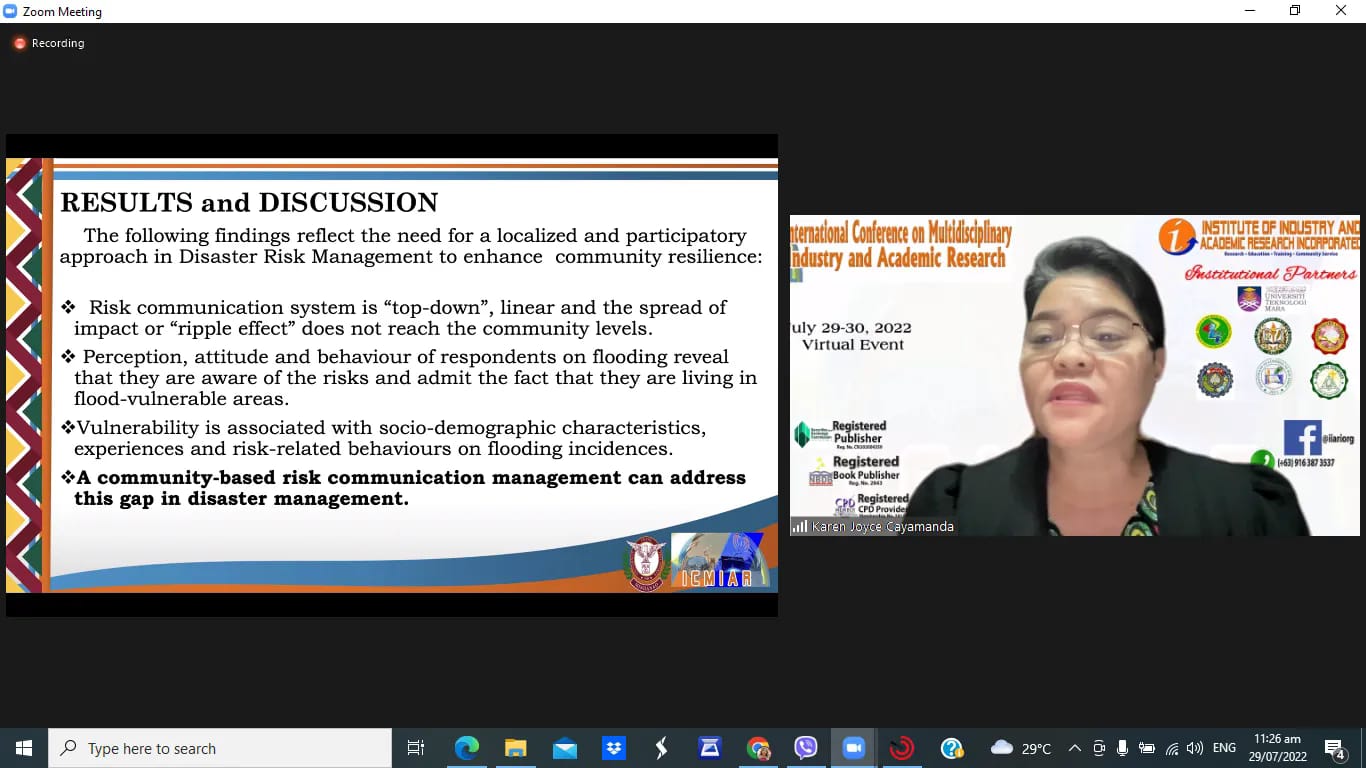Creative works show Philippine-Japan relations
 |
The Philippine Federation of Japanese Government Scholars (PhilaJames) celebrated Philippine-Japan Friendship Day 2022 with an exhibit on the theme “Strengthening Friendship Through Artworks.” Dr. Mercidita Villamayor, a dean of Bukidnon State University, and Atty Malu Viva, both Philajames scholars, opened the exhibit on July 30, 2022.
The exhibit shows the twin themes of Filipino and Japanese life through the paintings of visual artist Teody Boylie Perez, a Philajames scholar and associate professor at the University of the Philippines (UP) Mindanao Department of Humanities.
The Filipino paintings feature Prof. Perez’s recurrent themes of life in marginalized communities and the indigenous people. “Fisherman’s Village,” at eight feet wide and three feet high, is the biggest work on display. In addition, his GSIS painting competition finalist, “Life Goes On,” is featured in the exhibit.
The Japanese paintings feature rural communities and ancient locations, which the artist produced during his six-year residency as a masteral and doctoral scholar in Japan.
Prof. Perez also delivered two lectures on the historical development of art in Japan and the Philippines compared to the Western world to further enrich appreciation of the Philippine-Japan relationship.
The exhibit, the artist’s 15th solo exhibit, is located in his residence and gallery in Ulas, Davao City.
Prof Perez has exhibited his paintings and artworks of Davao community life in Japan, China, and the USA, earning him a Datu Bago Award from the Davao City government.
More photos here: https://www.facebook.com/bong.perez.3597/posts/pfbid0jWCKp6kXf3395XZFmWNLJ3z9dBd3x1xfjw12PkWkM715zvdk2sJXp2V1GWdSt3fHl

 A paper by Assoc.
A paper by Assoc. 